How To Use Gothic Lettering in Graphic Design

Source: _lennart13_, Instagram, https://www.instagram.com/p/CXwyg3KrYb6/
Gothic lettering has long held a place of visual power in the world of design. Known for its dramatic strokes, pointed serifs, and medieval flair, this typographic style evokes emotion, history, and bold expression. In modern graphic design, gothic lettering is more than just a nod to the past—it is a tool that, when used with purpose, can elevate a visual message and create lasting impact.
Designers often turn to gothic lettering when aiming to convey themes like tradition, rebellion, elegance, or intensity. Its intricate structure can command attention in logos, posters, packaging, apparel, and digital graphics. However, due to its ornate nature, gothic lettering must be used thoughtfully. Without proper balance and context, it can quickly overpower a design or confuse its audience.
This article explores practical ways to incorporate gothic lettering in graphic design while maintaining clarity and coherence. Whether you're crafting a brand identity, designing a music album cover, or creating marketing materials, understanding how to harness the strength of gothic typography can set your work apart. Let’s delve into the essential techniques, considerations, and creative possibilities that make gothic lettering a compelling choice in the designer’s toolkit.
Choose the Right Typeface
Choosing the right Gothic typeface is crucial in ensuring that your design communicates effectively. Gothic lettering offers a wide range of typefaces, each with its own character and historical background. For graphic design, it's essential to select a typeface that aligns with the project’s overall tone and objectives.
Traditional Gothic fonts, like Blackletter, are characterized by their dense, ornate appearance and are well-suited for projects that require a dramatic, old-world feel. These fonts work well in contexts that aim to evoke a sense of antiquity or formality. However, for more contemporary projects, designers might opt for modern Gothic fonts, which blend traditional Gothic characteristics with cleaner, more streamlined designs. These are particularly effective in striking a balance between historical richness and modern clarity.
When selecting a Gothic typeface, consider the readability of the font, especially in long text blocks. More intricate Gothic fonts are generally better suited for titles or short headings rather than body text. Also, consider the emotional impact of the font. Different Gothic typefaces can convey a range of emotions, from solemnity and mystery to elegance and refinement.
Align With The Right Theme
One of the most important considerations when using gothic lettering in graphic design is ensuring it aligns with the right theme. Gothic lettering carries a strong visual identity—often associated with mystery, history, rebellion, or sophistication. Because of its distinctive character, it can immediately influence how a design is perceived. Misalignment between the lettering style and the overall message of the design can result in confusion or a disjointed visual experience.
For instance, gothic lettering works well in designs related to gothic subcultures, heavy metal music, vintage or historical brands, and horror-themed events. Its dramatic flair can also be effective in book covers, theatrical posters, and artistic branding where a moody or elegant tone is needed. However, using gothic lettering in playful, lighthearted, or highly modern themes—such as children's products or minimalist tech branding—may create a mismatch that distracts from the intended message.
When integrating gothic lettering into your graphic design, evaluate the project's emotional tone, target audience, and visual narrative. Use the style to support the story you’re telling, not fight against it. Gothic typography is not neutral; it brings a voice of its own. By aligning this voice with the right theme, designers can amplify the power of their visuals while maintaining harmony throughout the composition. Proper context transforms gothic lettering from a stylistic choice into a strategic design asset.
Experiment with Scale
Experimenting with the scale of Gothic lettering can dramatically influence the visual impact and readability of your graphic design projects. Scaling Gothic fonts up or down can either emphasize their intricate details or create a subtle, understated aesthetic. When used as large, focal elements, Gothic typefaces can dominate a design, making a bold statement that draws the viewer’s eye. This is particularly effective in designs where the lettering needs to convey a sense of grandeur or authority, such as in poster designs, book covers, or branding for luxury products.
Conversely, reducing the scale of Gothic fonts can enhance the texture and density of the text, making it suitable for background elements or small print where it acts more as a textural detail than the main focus. This subtle use of Gothic lettering can add a layer of complexity and richness to the design without overwhelming the main content.
When adjusting the scale, consider the legibility of the font. Gothic typefaces, with their detailed and often elaborate strokes, can become difficult to read if scaled down too much, especially in print media. Use scale not only as a design element but also as a functional tool to guide the viewer’s attention and improve the overall clarity and hierarchy of the design.

Source: Kaligrafik_tipografik, Instagram, https://www.instagram.com/p/CWQqy3XjUhZ/
Incorporate Modern Elements
Incorporating modern elements into designs that feature Gothic lettering can create a compelling blend of old and new, adding freshness and relevance to a style rooted in history. Integrating simple, clean lines and contemporary color schemes with the ornate and complex forms of Gothic fonts can produce a striking contrast that captures the viewer’s attention. This approach is especially effective in branding and advertising, where the goal is to stand out in a crowded market.
Modern graphic design elements such as minimalist layouts, bold color blocks, and geometric shapes can serve as a counterbalance to the intricate details of Gothic lettering. This juxtaposition can enhance the readability and appeal of the Gothic style, making it more accessible and engaging for a modern audience. Additionally, incorporating digital effects, such as gradients or transparency, can give Gothic lettering a modern twist, making it suitable for digital platforms and contemporary print media.
When blending Gothic lettering with modern design elements, it’s important to maintain a cohesive look. Choose colors that complement the Gothic typeface and consider how modern elements can highlight the historic qualities of the font without overshadowing them.
Use Color Strategically
Color plays a pivotal role in enhancing the impact of Gothic lettering in graphic design. The right color choices can elevate the expressive quality of Gothic fonts, making them more engaging and effective in conveying the desired message. Traditionally, Gothic lettering is associated with dark, moody palettes—deep blacks, rich burgundies, and dark blues. These colors reinforce the historical and often solemn vibe of Gothic styles, making them ideal for projects that aim to evoke a sense of antiquity or mystery.
However, introducing vibrant colors can modernize Gothic lettering and make it pop against a variety of backgrounds. Brighter hues such as electric blue, hot pink, or lime green can provide a striking contrast to the intricate details of Gothic fonts, drawing attention and adding an element of surprise to the design. This approach is particularly effective in more youthful or contemporary contexts, such as music event posters or fashion branding, where a bold visual statement is required.
Experimenting with gradients and overlays can also add depth and texture to the lettering, enhancing the overall visual interest of the design. Strategic use of color not only complements the ornate features of Gothic fonts but also ensures that they align seamlessly with the design’s overall aesthetic and purpose.
Pay Attention to Spacing and Alignment
Spacing and alignment are critical when working with Gothic lettering to ensure the text is not only visually appealing but also legible. Gothic fonts, known for their detailed and elaborate forms, can easily become cluttered and hard to read if not handled correctly. Adequate spacing between letters (kerning) and lines of text (leading) can make a significant difference in the readability and aesthetic quality of the design.
Kerning is especially important with Gothic lettering because of its intricate details and varying stroke widths. Proper kerning ensures that each letter has enough space to stand out, preventing the design from looking cramped or messy. This is crucial in larger blocks of text where readability could be compromised.
Similarly, correct alignment plays a vital role in creating a harmonious balance within the design. Gothic lettering often works best with centered or symmetrical alignments, which complement its formal structure and traditional roots. Aligning text to the center or ensuring symmetrical balance helps maintain the formal, authoritative look that Gothic typefaces convey.
Moreover, when integrating Gothic lettering with other design elements, consider how the alignment affects the flow and hierarchy of information. Proper alignment can guide the viewer’s eye through the design in a logical and aesthetically pleasing manner.
Create Textural Contrast
Creating textural contrast in graphic design is a strategic way to enhance the visual appeal and effectiveness of Gothic lettering. This approach involves using a variety of surfaces and finishes to set off the intricate details of Gothic fonts, which are known for their ornate and dramatic strokes. By pairing Gothic lettering with contrasting textures, designers can elevate the sensory experience of the design, making it more engaging and memorable.
For example, a smooth, glossy background can make matte, textured Gothic lettering pop, providing a visual and tactile contrast that draws the eye. Conversely, placing a sleek, metallic Gothic font on a rough, distressed background can add a modern twist to the traditional style, appealing to contemporary audiences. This technique is particularly effective in packaging design, where tactile and visual contrasts can influence consumer perceptions and behaviors.
In digital media, textural contrast can be achieved through visual effects that simulate different materials. Adding shadows, embossing, or layering elements can give depth to the design, making the Gothic lettering appear more three-dimensional and tangible. These effects help Gothic fonts stand out, ensuring that they are not only seen but also felt, in a figurative sense.

Source: Joy_of_creating, Instagram, https://www.instagram.com/p/CXJSovBD-In/
Balance the Design
Balancing a design that incorporates Gothic lettering is key to ensuring that the final piece is aesthetically pleasing and effective in communicating its intended message. Gothic fonts, with their complex and often elaborate forms, can dominate a design if not balanced properly with other elements. Achieving this balance involves careful consideration of composition, color, and space.
It's important to use whitespace effectively. Gothic lettering can be quite dense and heavy, so incorporating ample negative space around and within the text helps to prevent the design from feeling overloaded. This space allows the lettering to breathe and the viewer to digest the information without feeling overwhelmed.
Additionally, complementing Gothic fonts with simpler graphic elements can help maintain visual harmony. For example, pairing a bold Gothic headline with a clean, sans-serif font for body text can prevent the design from becoming too busy or cluttered. This not only helps in balancing the weight of the fonts but also in maintaining legibility and hierarchy within the design.
Color selection also plays a crucial role in balancing designs featuring Gothic lettering. Opting for a monochromatic or limited color palette can unify the elements and reinforce the cohesiveness of the design. When using more vibrant colors, ensure they complement rather than compete with the intricate details of the Gothic typeface.
Leverage the Power of Symmetry
Symmetry is a powerful design principle that can significantly enhance the impact of Gothic lettering in graphic design. Utilizing symmetry with Gothic fonts not only reinforces their inherent formal qualities but also creates a visually pleasing and harmonious layout that attracts and holds the viewer's attention. This approach is particularly effective in projects where a sense of balance, elegance, and order is desired, such as in formal invitations, book covers, and logo designs.
When incorporating Gothic lettering, symmetry can be achieved by aligning text centrally or by mirroring design elements on either side of the page or canvas. This structured arrangement enhances the medieval and stately characteristics of Gothic fonts, lending a sense of dignity and tradition to the design. Symmetrical layouts often evoke a timeless beauty, making them ideal for brands or products that wish to convey a sense of heritage and sophistication.
Additionally, symmetry in design can help simplify complex information, making it easier for the audience to process. When used with Gothic lettering, which can sometimes be visually dense, symmetry helps to organize the content in a way that is both aesthetically appealing and clear.
Highlight with Decorative Elements
Decorative elements are essential tools in accentuating Gothic lettering and enhancing its visual appeal in graphic design. Adding ornamental features such as filigree, flourishes, and intricate borders can elevate the elegance of Gothic fonts and infuse a design with an old-world charm. These embellishments not only complement the detailed nature of Gothic lettering but also serve to frame and draw attention to the text, making it a focal point of the design.
Incorporating such decorative elements around Gothic lettering can be particularly effective in projects that aim to evoke a historical or luxurious feel, such as wedding invitations, certificates, and premium product packaging. The key is to select decorations that harmonize with the style of the Gothic font, enhancing its features without overshadowing them. For instance, a subtle vine or scrollwork can mimic the curves and lines of the lettering, creating a cohesive and integrated look.
By thoughtfully integrating decorative elements with Gothic lettering, designers can create rich, textured designs that resonate with viewers, compelling them to engage more deeply with the content. This approach not only beautifies the design but also significantly enhances its communicative power, ensuring that the message is not just seen but felt and remembered.
Conclusion
Gothic lettering offers a unique blend of history, drama, and artistic flair that can elevate any graphic design project when used purposefully. Its bold structure and intricate details make it ideal for themes that demand visual strength and emotional depth. From branding to editorial work, gothic lettering can become a powerful storytelling tool when paired thoughtfully with modern design principles. By understanding its nuances and applying it within the right context, designers can create compelling, memorable visuals. Whether you're seeking a sense of tradition or edge, gothic lettering remains a timeless and versatile choice in contemporary graphic design.
Let Us Know What You Think!
Every information you read here are written and curated by Kreafolk's team, carefully pieced together with our creative community in mind. Did you enjoy our contents? Leave a comment below and share your thoughts. Cheers to more creative articles and inspirations!


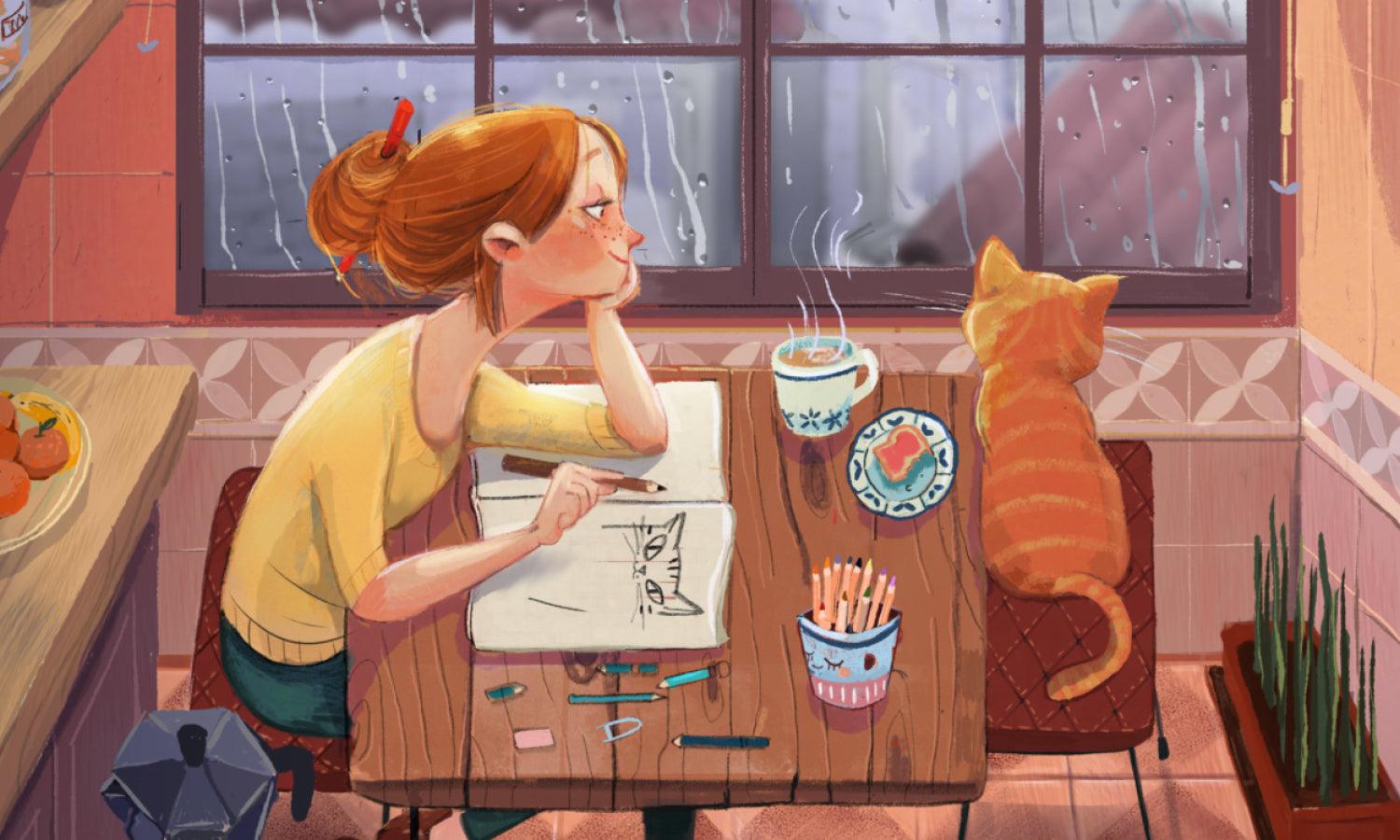
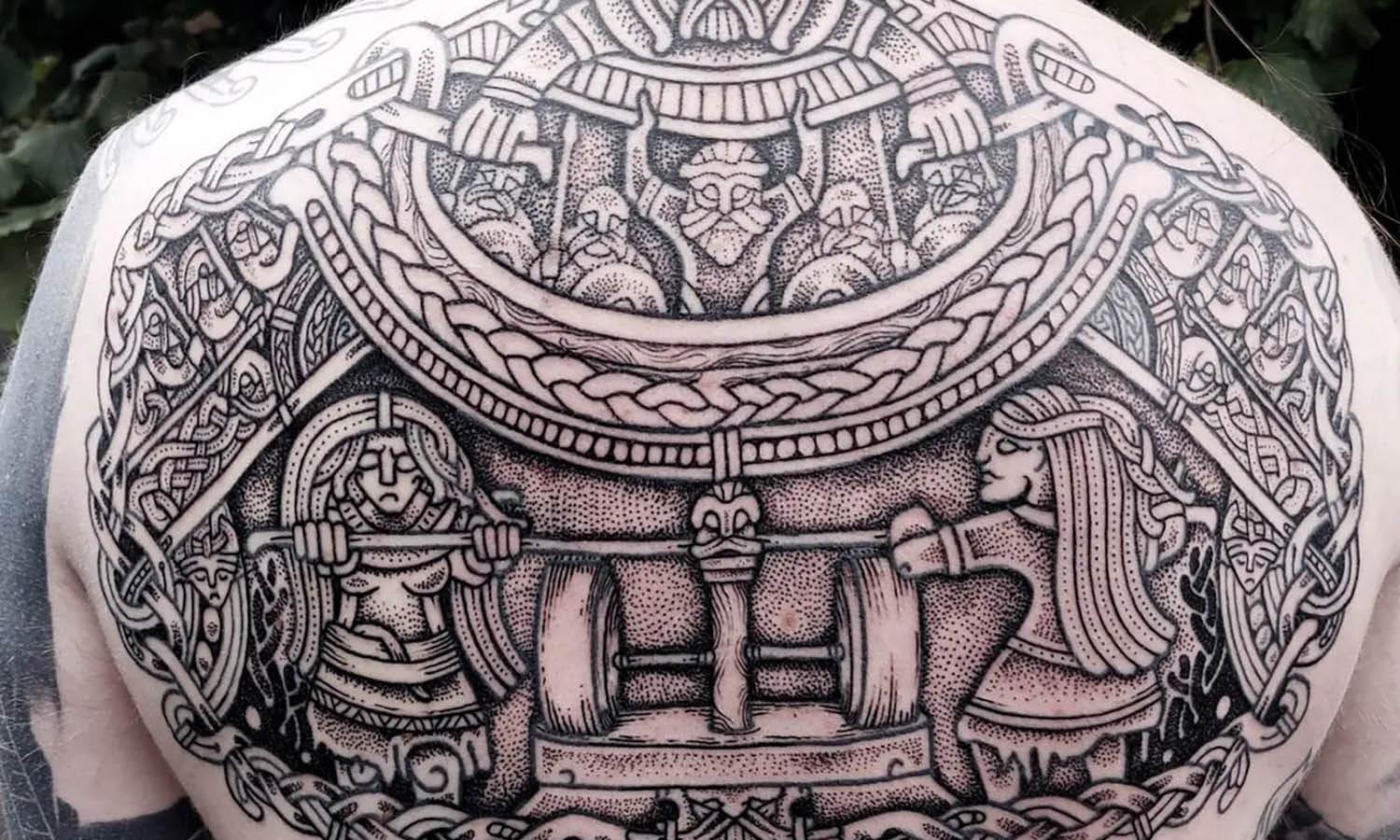
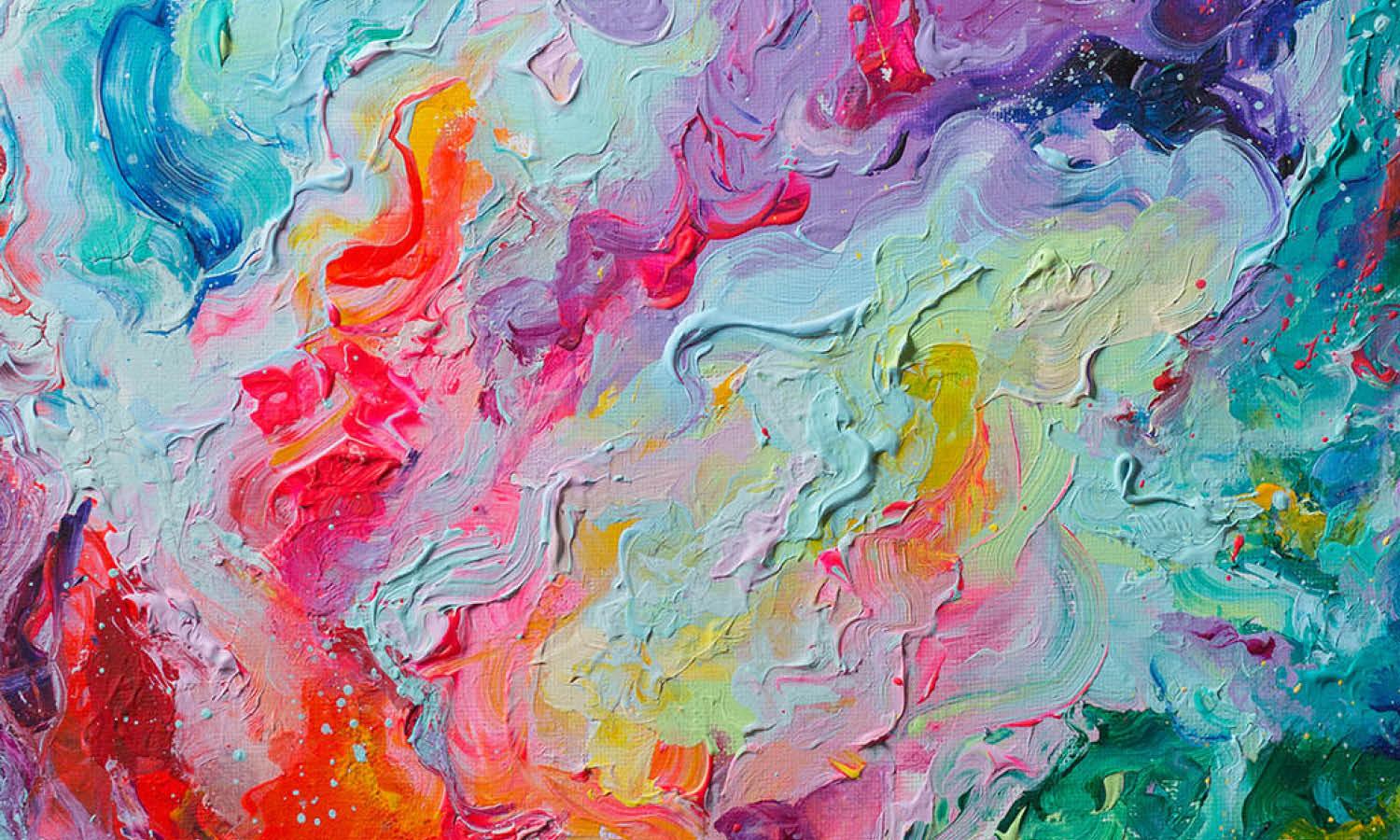
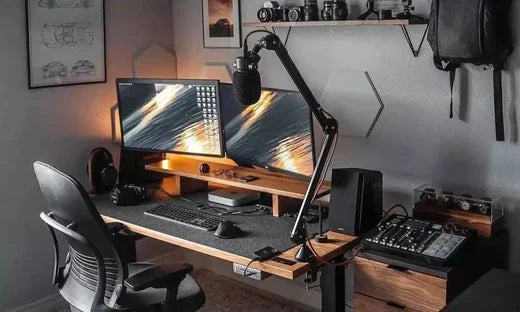
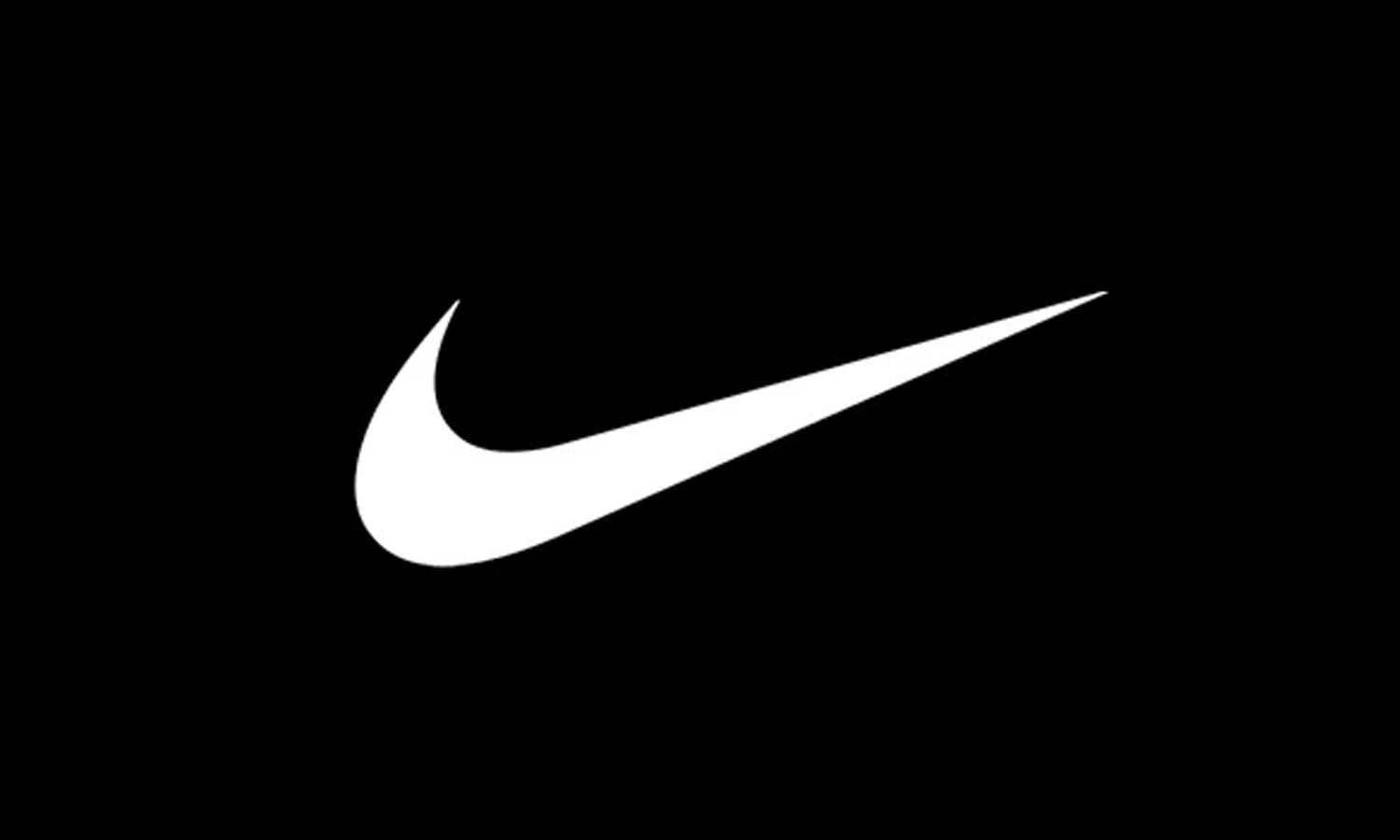
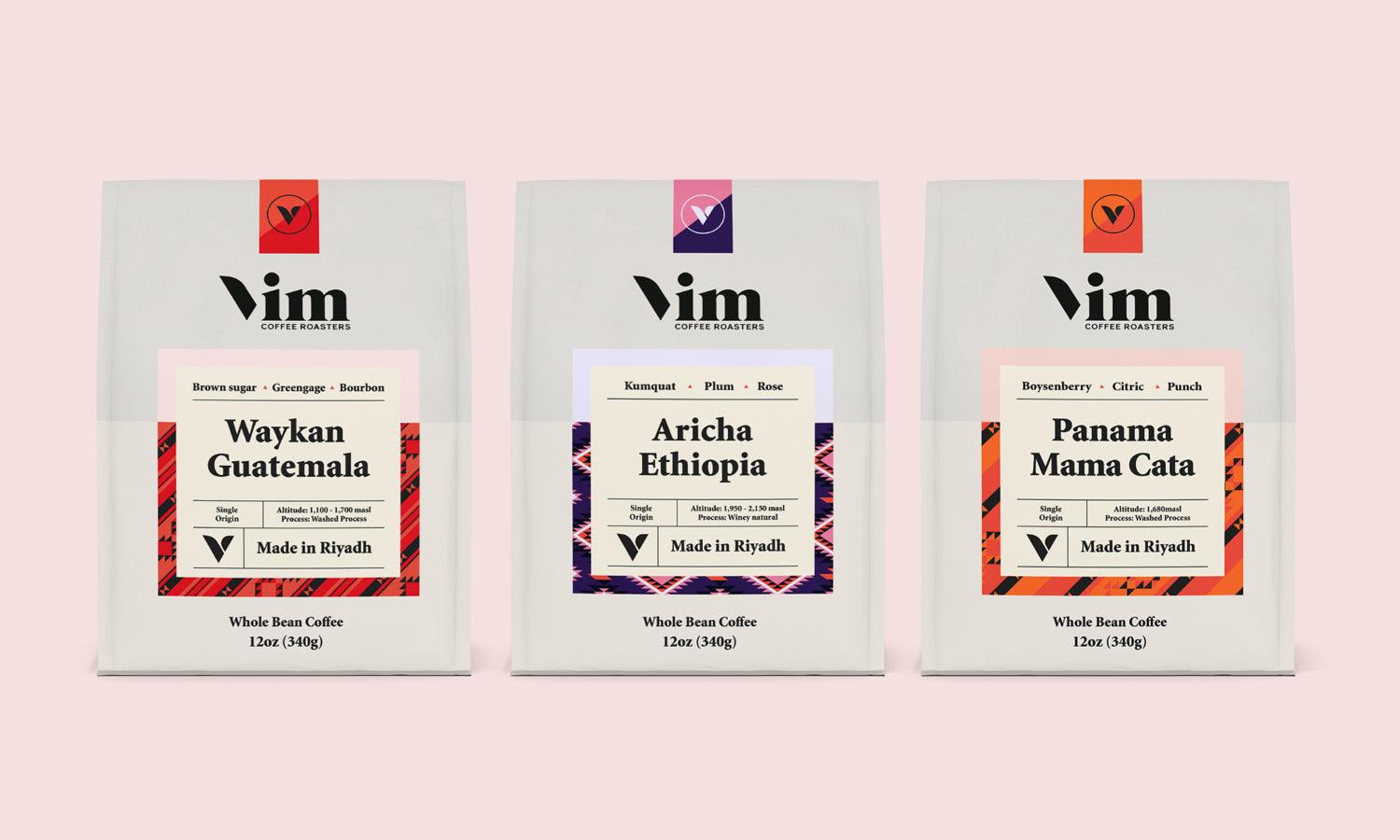
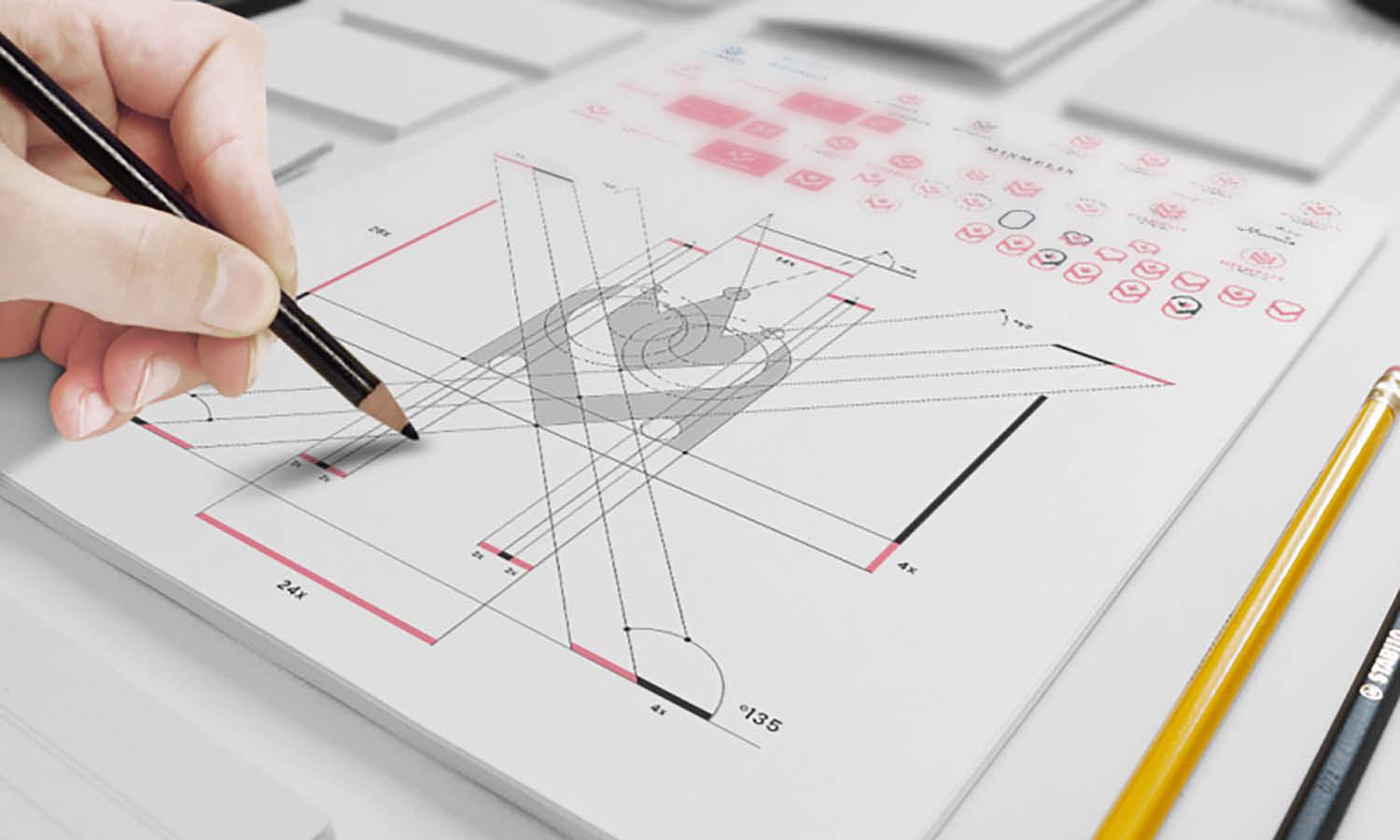
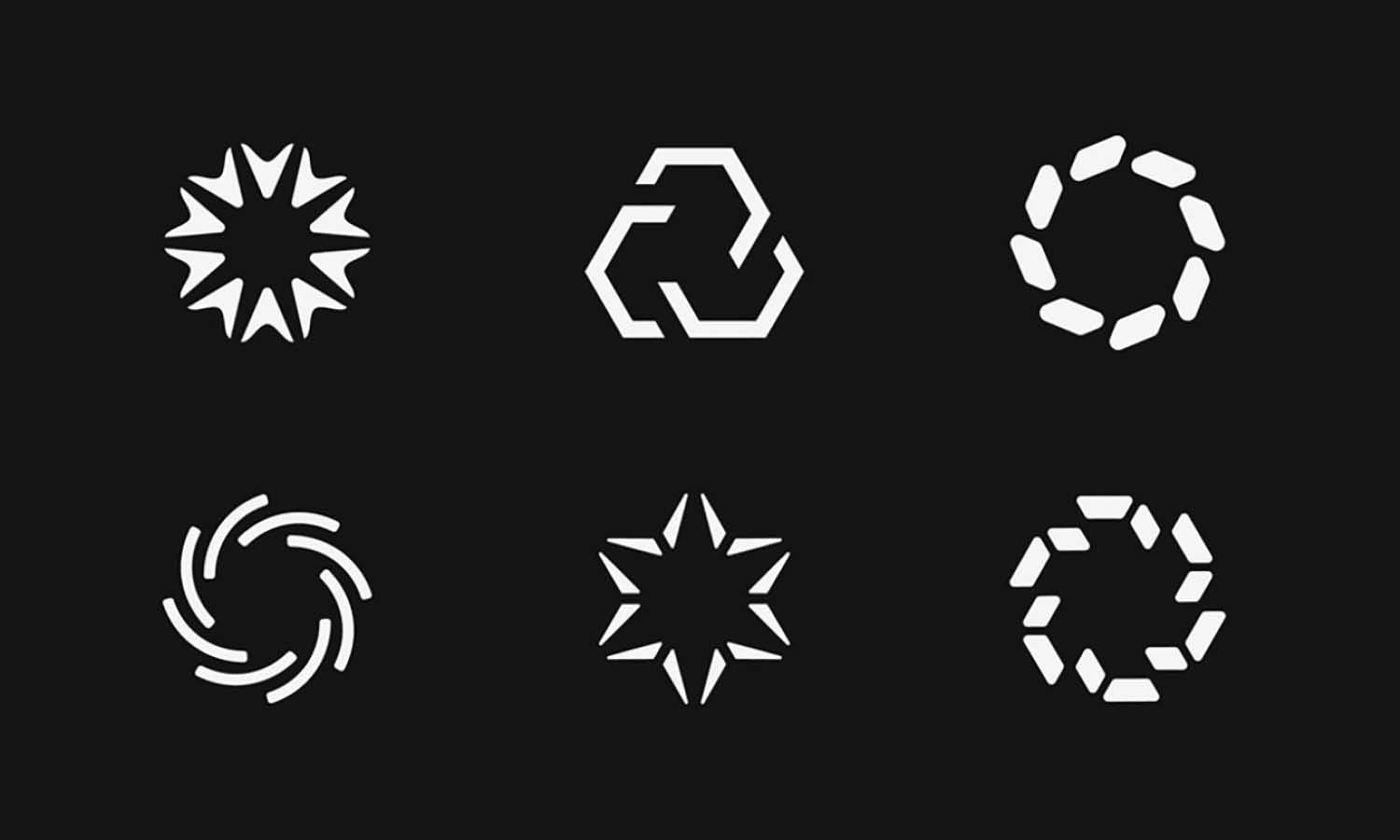






Leave a Comment